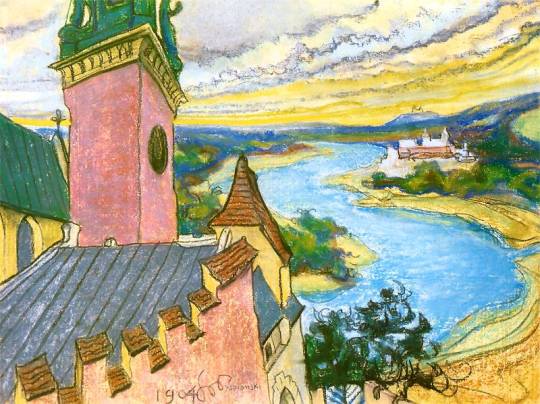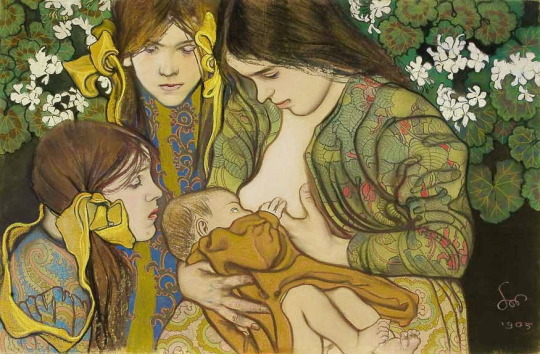#stanislaw wyspianski
Text
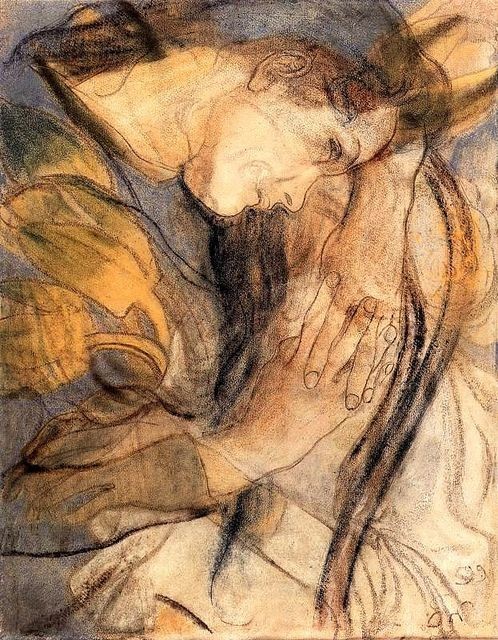
Stanisław Wyspiański ( Polish, 1869-1907)
Study of a Girl in a Chair, 1899
Pastel; 60 x 46 cm. (National Museum, Warsaw, Poland)
He was a Polish playwright, painter and poet, as well as interior and furniture designer. A patriotic writer, he created a series of symbolic, national dramas within the artistic philosophy of the Young Poland Movement. Wyspiański was one of the most outstanding and multifaceted artists of his time in Europe. He successfully joined the trends of modernism with themes of the Polish folk tradition and Romantic history. Unofficially, he came to be known as the Fourth Polish Bard (in addition to the earlier Three Bards: Adam Mickiewicz, Juliusz Słowacki, and Zygmunt Krasiński).
Wyspiański’s artistic output is very eclectic. Among dramas and poetry, one can find there views of Cracow (drawings, sketch-books, oil-paintings, pastel drawings), portraits and self-portraits, designs of stained glass windows and paintings, illustrations, graphic art, plans of furniture and interiors, development of Wawel. Drawings, such as 1890 self-portrait and drafts from his journeys across Europe and Poland, are among Wyspiański’s well-known works. He later created a herbarium by drawing plants. He was, however, most frequently using the technique of pastel; his first pastel drawings were produced between 1890 and 1894. They mainly present the artist’s family, friends and other artists. Wyspiański eagerly drew his children in everyday situations such as sleeping or feeding.
In 1906 Wyspiański became professor of the Academy of Fine Arts in Kraków, he was also a member of the City Council. In his last years Wyspianski’s health condition deteriorated, as a result, he underwent medical treatments in Rymanów and Bad Hall. Then he settled in his small cottage in a village of Węgrzce. He died of then incurable syphilis. His funeral took place in Kraków and became a national manifestation. Wyspiański was buried in the Crypt of the Distinguished in the Skałka Church.
12 notes
·
View notes
Photo

‘Self-Portrait’ drawn in 1905 by Polish painter Stanislaw Wyspianski (1869-1907). Stanisław Wyspiański was a playwright, painter, poet, and interior and furniture designer. As a patriotic writer he created a series of symbolic, national dramas within the artistic philosophy of the Young Poland Movement. Wyspiański was one of the outstanding European artists of his time. He linked modernism with the themes of the Polish folk tradition and Romantic history. Among his dramas and poetry one can find there views of Cracow (drawings, sketch-books, oil-paintings, pastel drawings), portraits and self-portraits, designs of stained glass windows and paintings, illustrations, graphic art, plans of furniture and interiors. He later created a herbarium by drawing plants. His first pastel drawings were produced between 1890 and 1894. They present his family, friends and other artists. In his last years Wyspianski’s health deteriorated due to his having syphilis. He underwent medical treatments to no effect, then settled in his small cottage in a village of Węgrzce. His funeral took place in Kraków and became a national event. Wyspiański was buried in the Crypt of the Distinguished in the Skałka Church.
15 notes
·
View notes
Photo

MWW Artwork of the Day (2/19/23)
Stanislaw Wyspianski (Polish, 1869–1907)
Portret dziewczynki (Portrait of a Girl)(1893)
Pastel on cardboard, 41 x 31 cm.
National Art Gallery, Lviv (Ukraine)
Stanislaw Wyspianski was born to Franciszek Wyspianski and Maria Rogowska. His father, a sculptor, owned an atelier on Wawel Hill. As a student, Wyspianski took particular interest in art and literature. According to Joanna Stankiewiczowa, the young Stanislaw portrayed small cottages, animals, plants, armors and decorations. Wyspianski also created a dramatic interpretation of Matejko's painting Stefan Batory pod Pskowem (Bathory at Pskov).
For more of this artist's work see this MWW gallery:
https://www.facebook.com/media/set/?vanity=TheMuseumWithoutWalls&set=a.3604231583015518
2 notes
·
View notes
Text
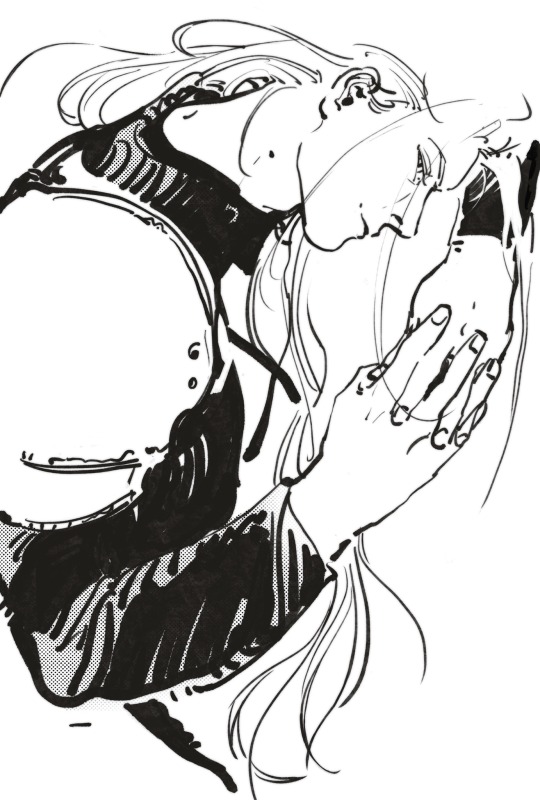
869 notes
·
View notes
Text

Stanislaw Wyspianski
"Wild Flowers", 1893, watercolour, pencil on paper, 20.7 x 31.5 cm, private collection
36 notes
·
View notes
Photo
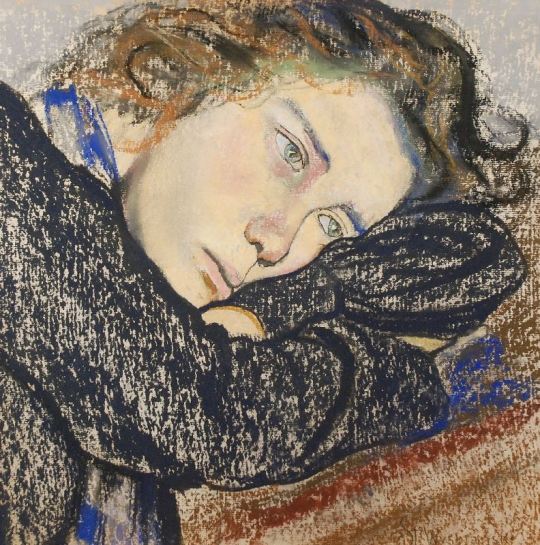
Stanislaw Wyspianski (Poland 1869-1907)
Studium kobiety - Study of a Woman (1902)
pastel on ribbed paper
176 notes
·
View notes
Text
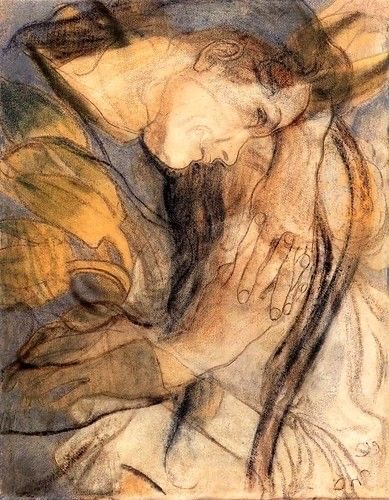
“Life will break you. Nobody can protect you from that, and living alone won’t either, for solitude will also break you with its yearning. You have to love. You have to feel. It is the reason you are here on earth. You are here to risk your heart. You are here to be swallowed up. And when it happens that you are broken, or betrayed, or left, or hurt, or death brushes near, let yourself sit by an apple tree and listen to the apples falling all around you in heaps, wasting their sweetness. Tell yourself you tasted as many as you could.”
—Louise Erdrich, from The Painted Drum
art: Wyspianski, Stanislaw (1869-1907) - 1899 Study of a Girl in a Chair (National Museum, Warsaw, Poland)
23 notes
·
View notes
Photo

Portrait of Kazimierz Lewandowski, 1898 by Stanislaw Wyspianski.
47 notes
·
View notes
Text
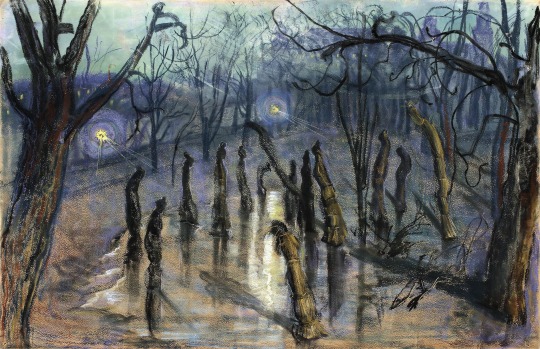
Wyspia Ski Mulchs, Stanislaw Wyspianski
5 notes
·
View notes
Photo
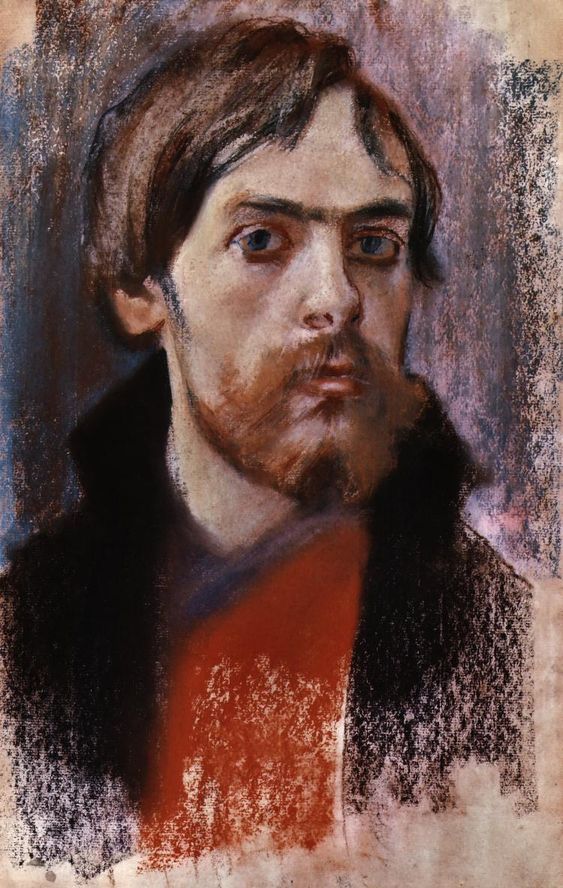
‘Self Portrait’ as painted in 1895 by Polish painter Stanislaw Wypsianski (1869-1907).
5 notes
·
View notes
Photo

MWW Artwork of the Day (1/15/23)
Stanislaw Wyspianski (Polish, 1869–1907)
Self-portrait with Wife (1904)
Pastel on paper, 47.7 x 62.2 cm
Muzeum Narodowe, Krakow
"Self-Portrait with Wife" was inspired by images of husbands and wives, known in art history. The self-portrait with Teofilia, dressed in a colorful Krakow costume, is undoubtedly a symbolic work. With this work Wyspianski highlighted the essence of his existence and deep attachment to the beauty and diversity of his native land.
For more of this artist's work see this MWW gallery:
https://www.facebook.com/media/set/?vanity=TheMuseumWithoutWalls&set=a.3604231583015518
1 note
·
View note
Photo
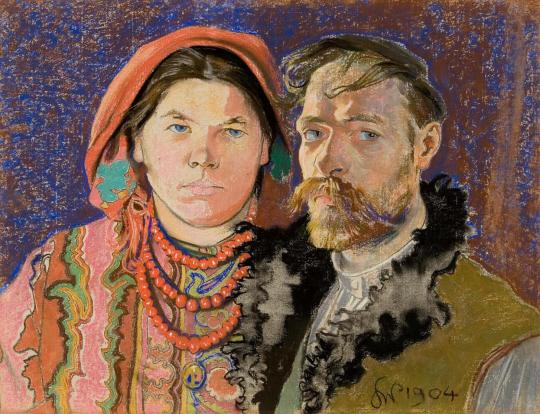
Stanislaw Wyspianski - Self-portrait with Wife, 1904
1 note
·
View note
Photo
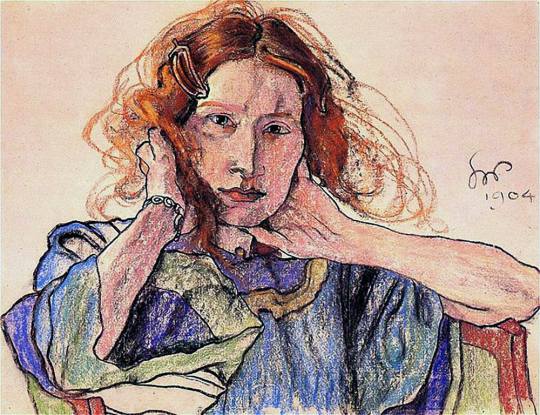
Stanislaw Wyspianski (Poland 1869-1907)
Portrait of Irena Solska (1904)
pastel on paper 48 x 62 cm
NMP, National Museum, Poznań, Poland
65 notes
·
View notes

